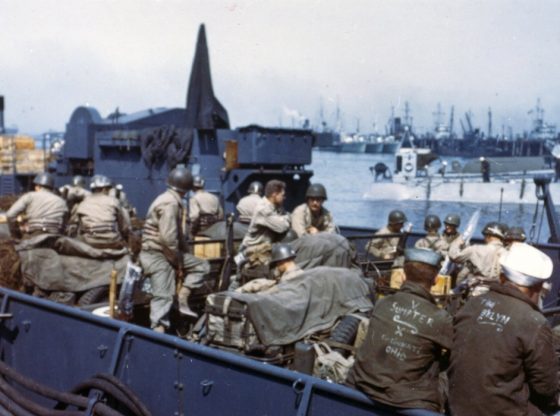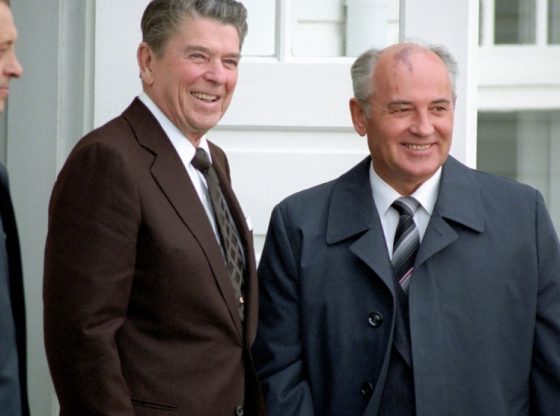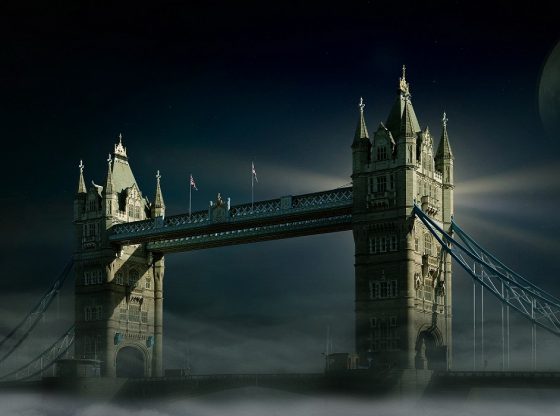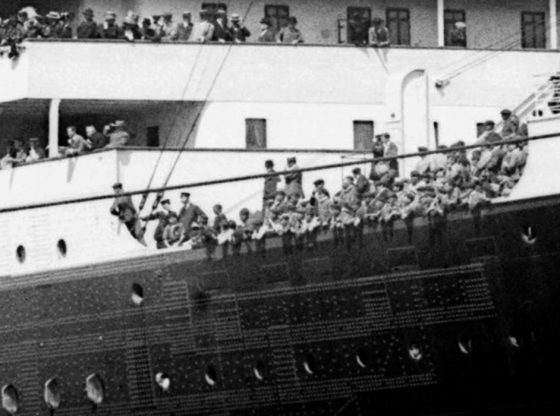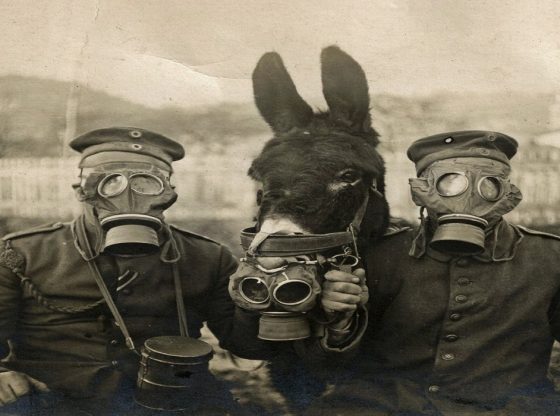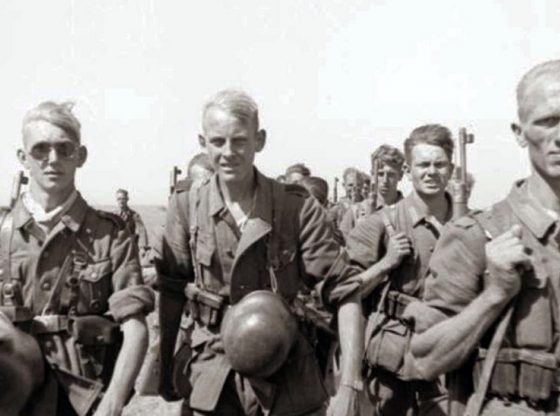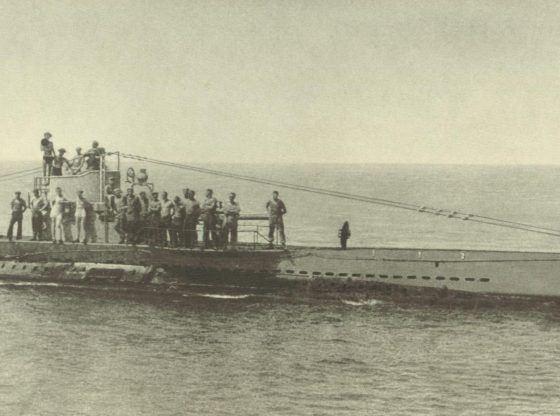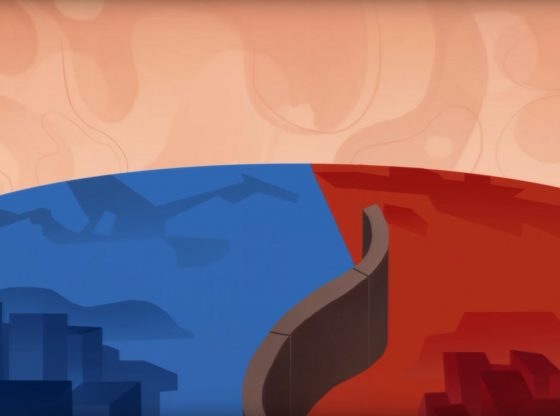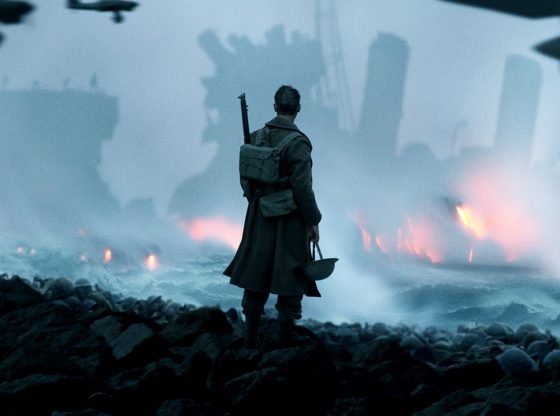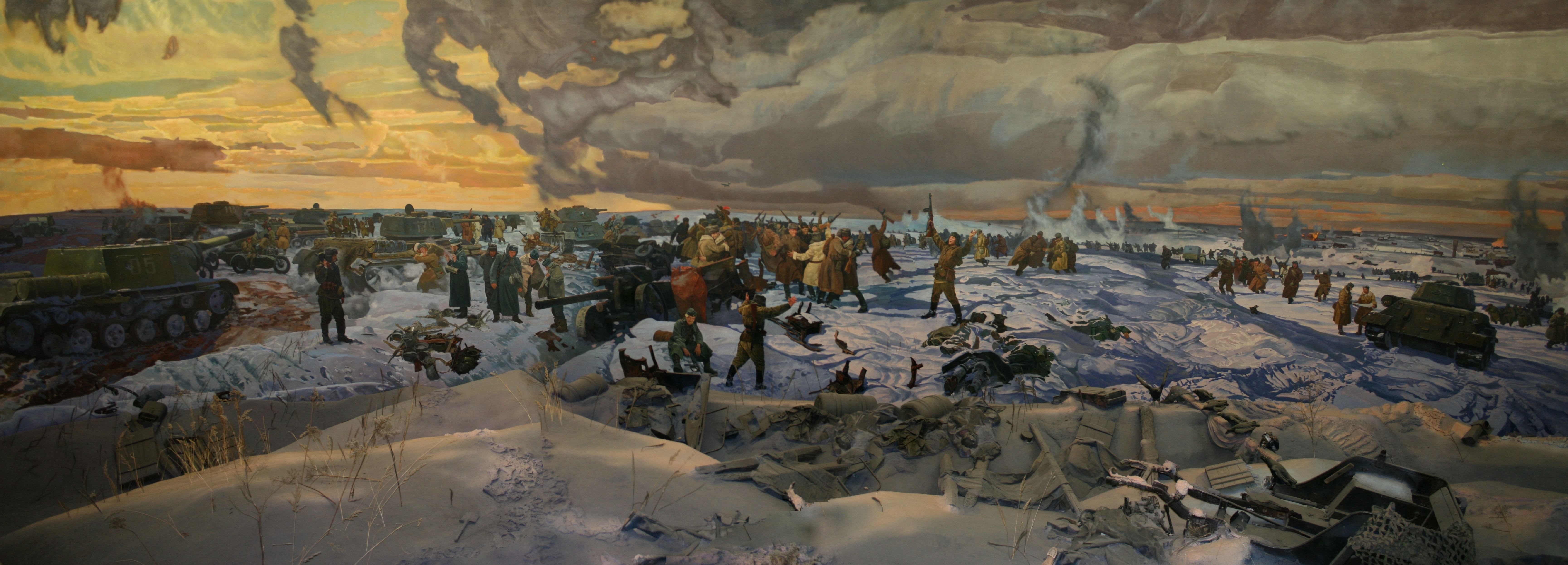
Battles change the course of history, they win wars, they topple thrones and redraw borders. Battles have been a part of human history since the beginning of time. They are an intricate part of wars and the events that set the path of events to follow, as instruments molding the future.
By deciding which group, nation or alliance that ends up victorious, they influence the spread of ideology, culture, civilization and religious dogma. Some battles are not directly influential on the path of history on their own, but rather, influential as instruments of propaganda with an impact on public opinion.
This series of articles highlights some of these decisive engagements, but rather than ranking the battles according to their influence on history. Each article will detail the narrative, what happened, what the participants, the leaders and the people of that time thought in those rare cases where their words have been documented parts of history.
Please see the article tag Biggest battles in history series for more articles on the biggest and bloodiest battles in human history.
The Battle of Stalingrad
The Second World War was decided on the eastern front. The German offensive code-named ‘Operation Barbarossa‘ into the Soviet Union continued on and so far the success of the German Wehrmacht seemed to confirm what was thought as an inferior opponent. The German military elite was probably colored by hubris resulting from the rapid defeat of France by the “invincible” Wehrmacht and also by ignorance colored by stereotypes of Russia as a primitive, backward country.
We have only to kick in the door and the whole rotten structure will come crashing down.
— Adolf Hitler
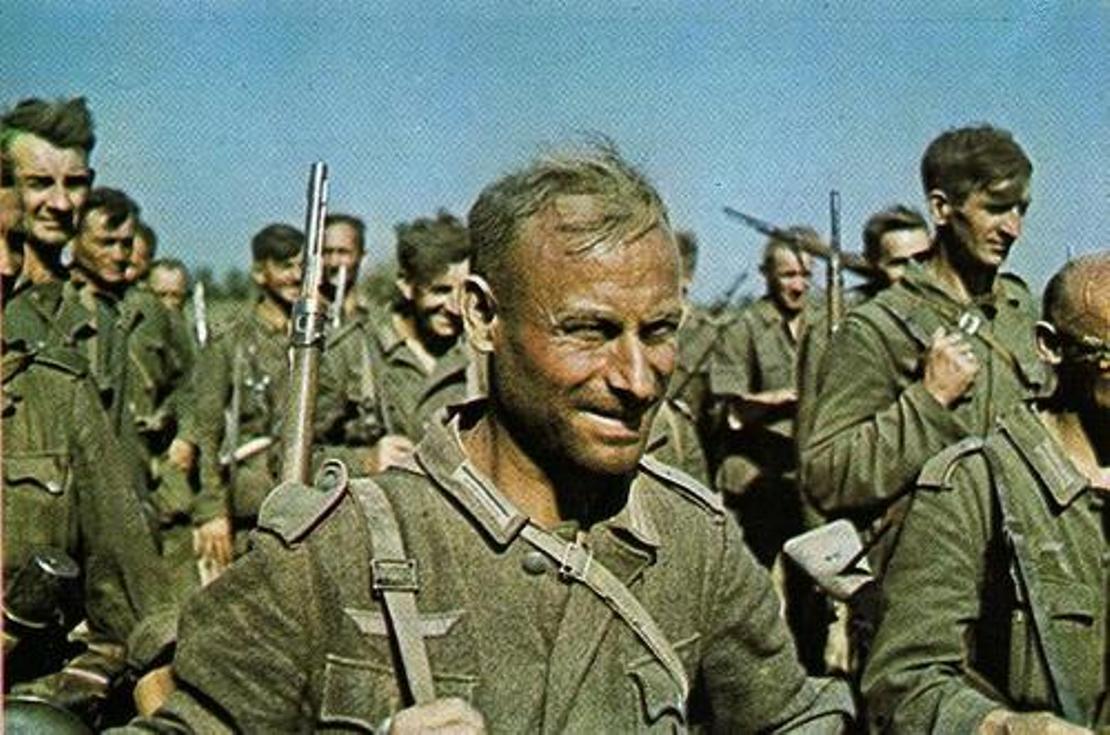
Operation Barbarossa surmounts any offensive in history. With more than 3.2 million Germans and about 500,000 other Axis soldiers (Finns, Romanians, and others). These soldiers were equipped with about 3,350 tanks, 7,200 artillery pieces, 2,770 aircraft (65 percent of the Luftwaffe), about 600,000 motor vehicles and 625,000–700,000 horses. This can be compared to the total Soviet manpower at the start of the offensive being about 5.3–5.5 million with some 23,000 tanks in service.
The 3,8 million soldiers of Operation Barbarossa were divided into four main divisions, Army Norway, Army Group North, Army Group Center, and Army Group South, along with three ‘luftflotten’ (air fleets), supporting Army Group North, Center, and South. The Army Group North and Centre was commander in Chief as of 27 August 1939 was Field Marshal Fedor von Bock, who would later be moved to army group South and involved in the Battle of Stalingrad. Army Group South was led by Gerd von Rundstedt and his chief of staff Erich von Manstein.
The war against Russia will be such that it cannot be conducted in a knightly fashion. This struggle is one of the ideologies and racial differences and will have to be conducted with unprecedented, unmerciful, and unrelenting harshness. All officers will have to rid themselves of obsolete ideologies. I know that the necessity for such means of waging war is beyond the comprehension of you generals but . . . I insist absolutely that my orders be executed without contradiction.
– A secret speech by Adolf Hitler on March 30, 1941, recorded by Army Chief of the General Staff Franz Halder in his diary
The attack on the Soviet Union began on the 22nd of June in 1941.
At the start of the invasion, the manpower of the Soviet military force that had been mobilized was 5.3–5.5 million, with some 23,000 tanks of which only 14,700 were combat-ready. The vast resources of the Soviet Union would, however, prove irresolute and incapable against the speed of which the German forces advanced into Soviet territory. The initial momentum of the German ground and air attack completely destroyed the Soviet organizational command and control within the first few hours.
Luftwaffe reconnaissance units plotted Soviet troop concentrations, supply dumps and airfields, destroying 1,489 aircraft on the first day of the invasion and over 3,100 during the first three days.
Army Group North attacked the Soviet Northwestern Front, on 9 July, the 4th Panzer Group began its attack towards the Soviet defenses along the Luga River in Leningrad Oblast. Army Group South, although meeting heavy resistance, successfully advanced through Ukraine and Moldavia. Significant amounts of Soviet territory were lost along with Red Army forces as a result; it took several days before Stalin comprehended the magnitude of the calamity.
Hitler ordered Army Group Center to detach the 2nd Panzer Group commanded by Heinz Guderian, which was to turn southward towards Kiev to form the northern pincer at Kiev. Guderian’s 2nd Panzer Army and Kleist’s 1st Panzer Army locked in a pincer around Kiev to trap 665,000 Soviet prisoners.

By the end of October, Moscow was only 100 kilometers (65 miles) away and by the spring of 1942, the Axis had captured vast expanses of territory, including Ukraine, Belarus, and the Baltic countries. A front line had been established running from Leningrad (Saint Petersburg) in the north to Rostov in the south.
The German army was stretched but remained strong, some notable pushbacks had been achieved by the Soviets, at Moscow and Kharkov, but they were not viewed as particularly threatening by the Germans, 65 % of Army Group Centre had not been engaged at all. Nor were Army Group South or North particularly hard pressed during the winter.
The view of unrelenting attack and extermination of Soviet forces propagated by Hitler were not shared by all Germans.
This is the massacre of the ‘innocents’.
– German General Kessering
Stalin and the Soviets were hard pressed but not beaten.
Comrades, citizens, brothers and sisters, men of our Army and Navy! I speak to you my friends! A serious threat hangs over our country. It can only be dispersed by the combined efforts of the military and industrial might of the nation. There is no room for the timid or the coward, for deserters or spreaders of panic, and a merciless struggle must be waged against such people. We must destroy spies, agents provocateurs, and enemy parachutists…anyone who hinders our defense must be shot…The enemy must not find a single railway-engine, not a wagon, not a pound of bread nor a glass of petrol. All the farms must hand their herd to the official bodies and be sent to the rear (of the USSR). Everything else…must be destroyed.
– Stalin, in a radio address, July 3, 1941
Moscow will be defended to the last.
– Stalin, October 19
The Soviets were expecting the next massed assault to be directed towards Moscow and had begun moving factories eastwards, such as they had successfully done already for many factories previously in the territory now controlled by the Germans.
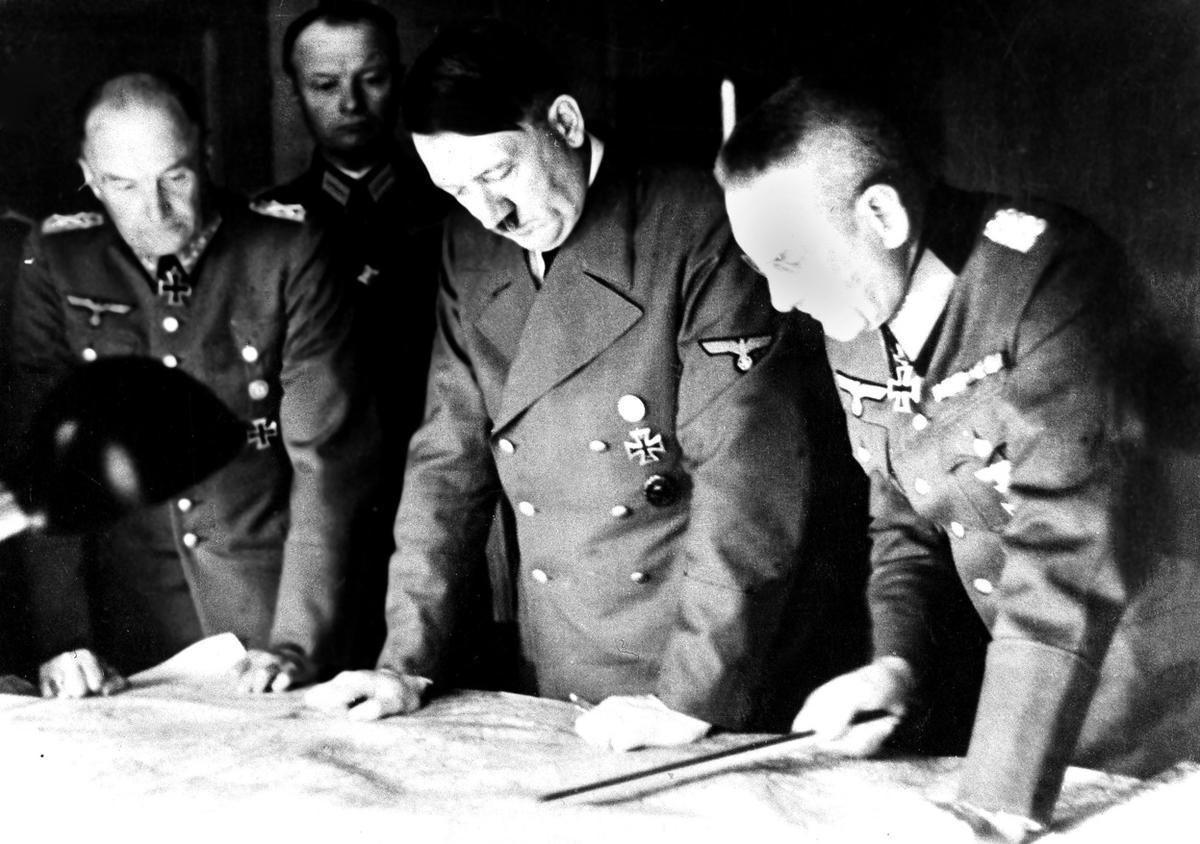
On the 23rd of July in 1942, Hitler rewrote the operational objectives the whole campaign and expanded them to include the occupation of the city of Stalingrad. To capture the region surrounding Stalingrad and to destroy all industrial capacity of the city, then block Soviet transportations along the Volga river. This river was key for Russian logistics from the Caucasus and the Caspian Sea to central Russia.
Panzer commander Heinz Guderian was sent to Hitler by Fedor von Bock and General Franz Halder to argue their case for continuing the assault on Moscow instead, but Hitler refused.
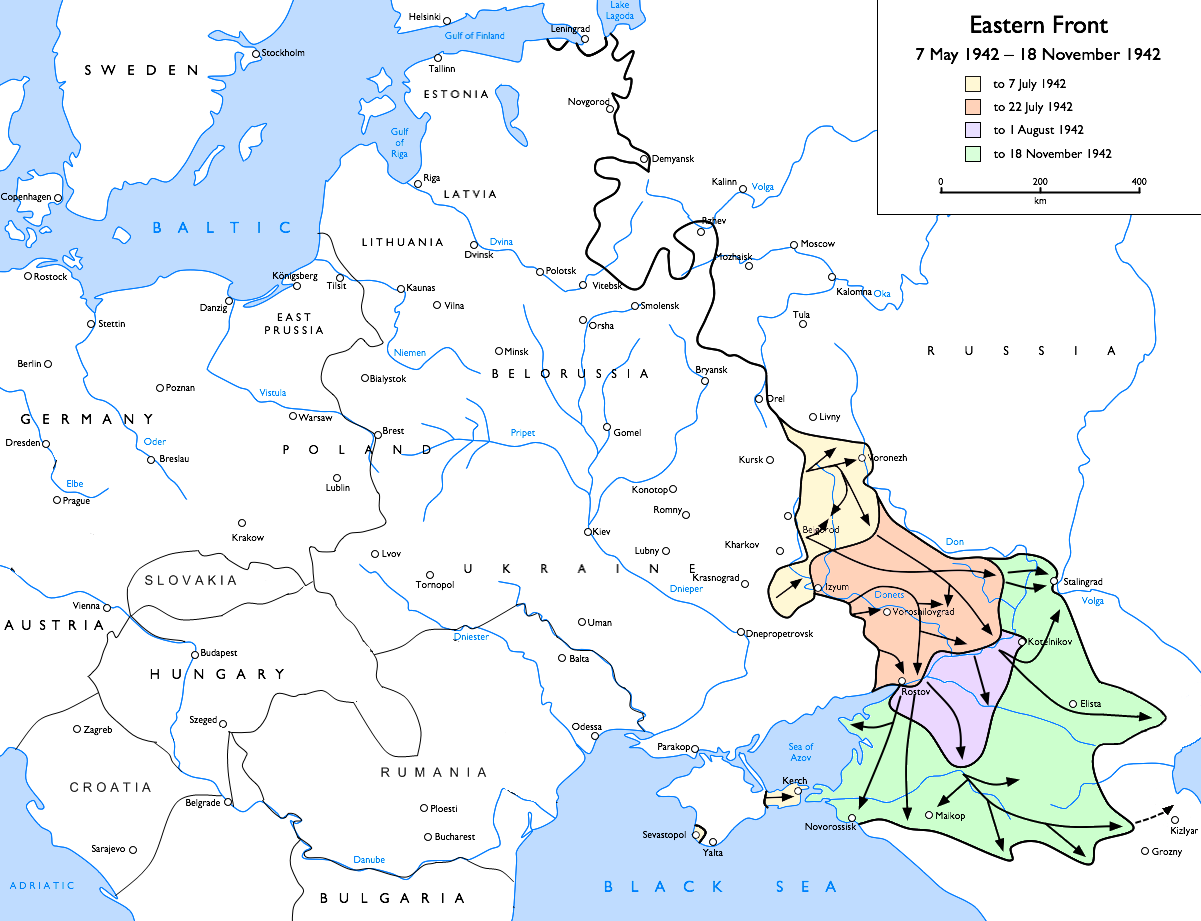
Army Group South was now to spring forward in a summer offensive code-named ‘Fall Blau’ (Case Blue) following the ‘blitzkrieg’ tactics so successfully implemented in the past. They were to capture Soviet oil fields in the Russian Caucasus. The Army Group were split into two smaller divisions, Army Group A under the command of Wilhelm List, and Army Group B commanded initially by Field Marshal Fedor von Bock and later by General Maximilian von Weichs.
When the German intentions became clear in July 1942, Stalin appointed Marshal Andrey Yeryomenko as commander of the Southeastern Front on 1 August 1942. Yeryomenko and Commissar Nikita Khrushchev (who later became the Soviet Supreme Leader, Premier, between 1958 and 1964) were tasked with planning the defense of Stalingrad.
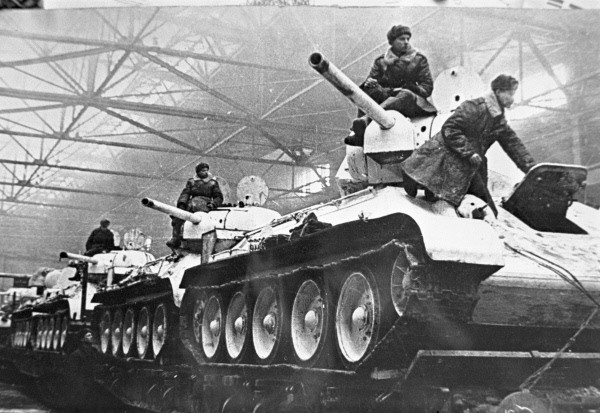
Relocated Russian factories were now mass producing the T-34 tank. This tank proved to be a major obstacle for German forces advancing towards Stalingrad. The 1942 version of the T-34 tank was superior to German tanks at the time, with its sloped armor, powerful turret and being relatively inexpensive.
To counter the Soviet T-34, the German answer would be ‘The Panther’ (Panzerkampfwagen V), as a replacement for the Panzer III and Panzer IV. But the Panther would not be operational for another year. The Germans did have the ‘Tiger’ tank (Panzerkampfwagen VI Tiger Ausf. E), it was far superior to any other tank in performance, but far inferior in production technique, deemed as “over-engineered” and being very expensive.
On the 23rd of August, the Germans had reached the outskirts of Stalingrad in pursuit of the Soviet 62nd and 64th Armies. The battle of Stalingrad began with a massive air assault; Generaloberst Wolfram von Richthofen’s Luftflotte 4 dropped some 1,000 tons of bombs in the first 48 hours, more than that dropped over London at the height of the Blitz.
Since Stalin resisted the evacuation of civilians, in part due to the importance of the city’s factories to the war effort. It has also been said that Stalin forbids civilians to leave the city since he believed their presence would encourage greater resistance. An estimated 40,000 people died and much of Stalingrad was in ruins.
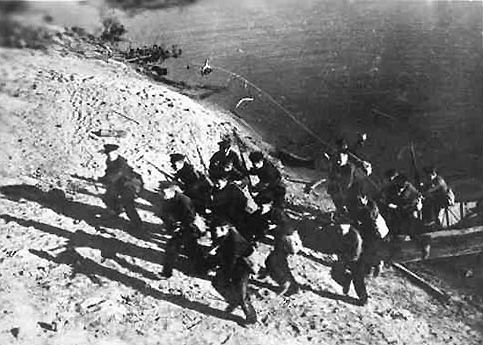
Stalin now mobilized all available forces to defend the city and even women were drafted into the army. The German Wehrmacht with the help of the German Luftwaffe moved in for the kill. But Instead of encircling the city as the Germans had done with Leningrad, the city was to be taken by force. Stalingrad lies just beside the Volga river and is, therefore difficult to control, with the Russians able to move forces across the river from the Siberian side.
Stalin refused to accept any retreat, and at Stalingrad alone, 14,000 soldiers of the Red Army were to be executed in order to keep the formations, “Not a step back!” and “There is no land behind the Volga!” were the slogans. The Battle of Stalingrad was to become a matter of prestige far beyond its strategic importance for both Stalin and Hitler.

He ordered us to stand fast and save Stalingrad. So we knew then that it was ‘do or die.’ We could not retreat.
– Soviet Red Army lieutenant general Vasily Chuikov
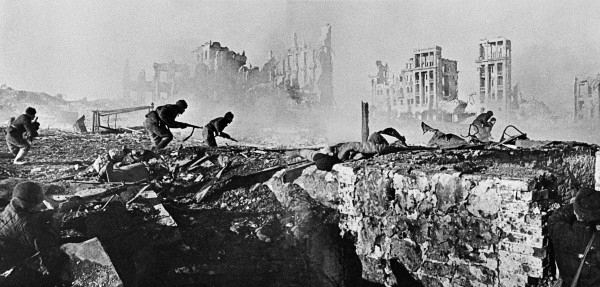
A brutal house-to-house fighting commenced. A type of fighting never seen before in war on such a scale. Every building was important and every building was fought over in a form of urban warfare in which snipers reigned supreme.

Although the Germans were in control of 90% of the city, the Wehrmacht was unable to extricate the remaining Soviet forces with Russian reinforcements that continued to arrive across the river. Stalin threw everything he had at Stalingrad, soldiers without any formal military training were thrown into the most horrible type of battle imaginable.
Then summer gave way for autumn and autumn for winter. An unusually cold winter and since the German soldiers lacked proper winter clothing, many froze to death. For example, the German soldiers wore khakis, perfect for summer warfare, but indeed insufficient to keep you warm during winter.
Shaken and broken, our people behold the loss of the men of Stalingrad. Three hundred and thirty thousand German men have been senselessly and irresponsibly driven to death and destruction by the inspired strategy of our World War I Private First Class. Führer, we thank you!
– An excerpt from the sixth White Rose leaflet (the German anti-Nazi group ‘the White Rose’)
The street is no longer measured by meters but by corpses … Stalingrad is no longer a town. By day it is an enormous cloud of burning, blinding smoke; it is a vast furnace lit by the reflection of the flames. And when night arrives, one of those scorching howling bleeding nights, the dogs plunge into the Volga and swim desperately to gain the other bank. The nights of Stalingrad are a terror for them. Animals flee this hell; the hardest stones cannot bear it for long; only men endure.
― U.S. Historian Max Hastings, Inferno: The World at War, 1939-1945
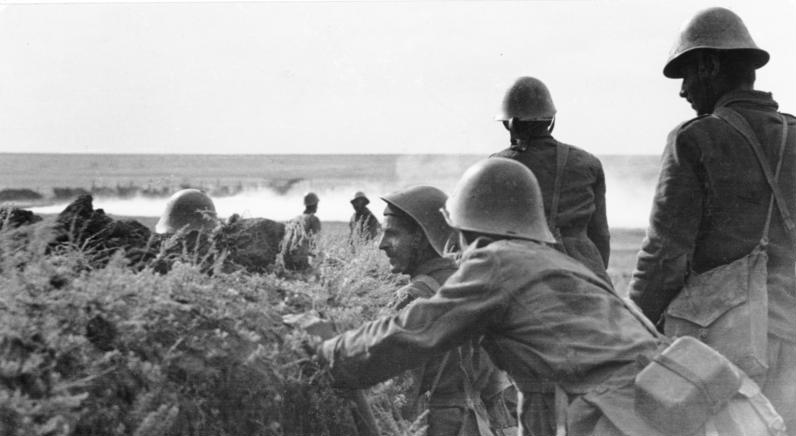
During the late autumn, the Soviets launched a counteroffensive that would prove decisive for the Battle of Stalingrad. In a pincer movement, they were to attack from the south and north. The plan was to encircle the German forces pinned down in Stalingrad. The counteroffensive was code-named ‘Operation Uranus’ and was launched on the 19th of November in 1942.
The Romanian 3rd Army held the northern flank of the German 6th Army, they were thinly spread, deployed in exposed positions outnumbered and poorly equipped. They were overrun. And about 265,000 German, Romanian, and Italian soldiers were now surrounded by the Red Army. The Russians now took up defensive positions with a circumvallation facing inward and a contravallation facing outward.
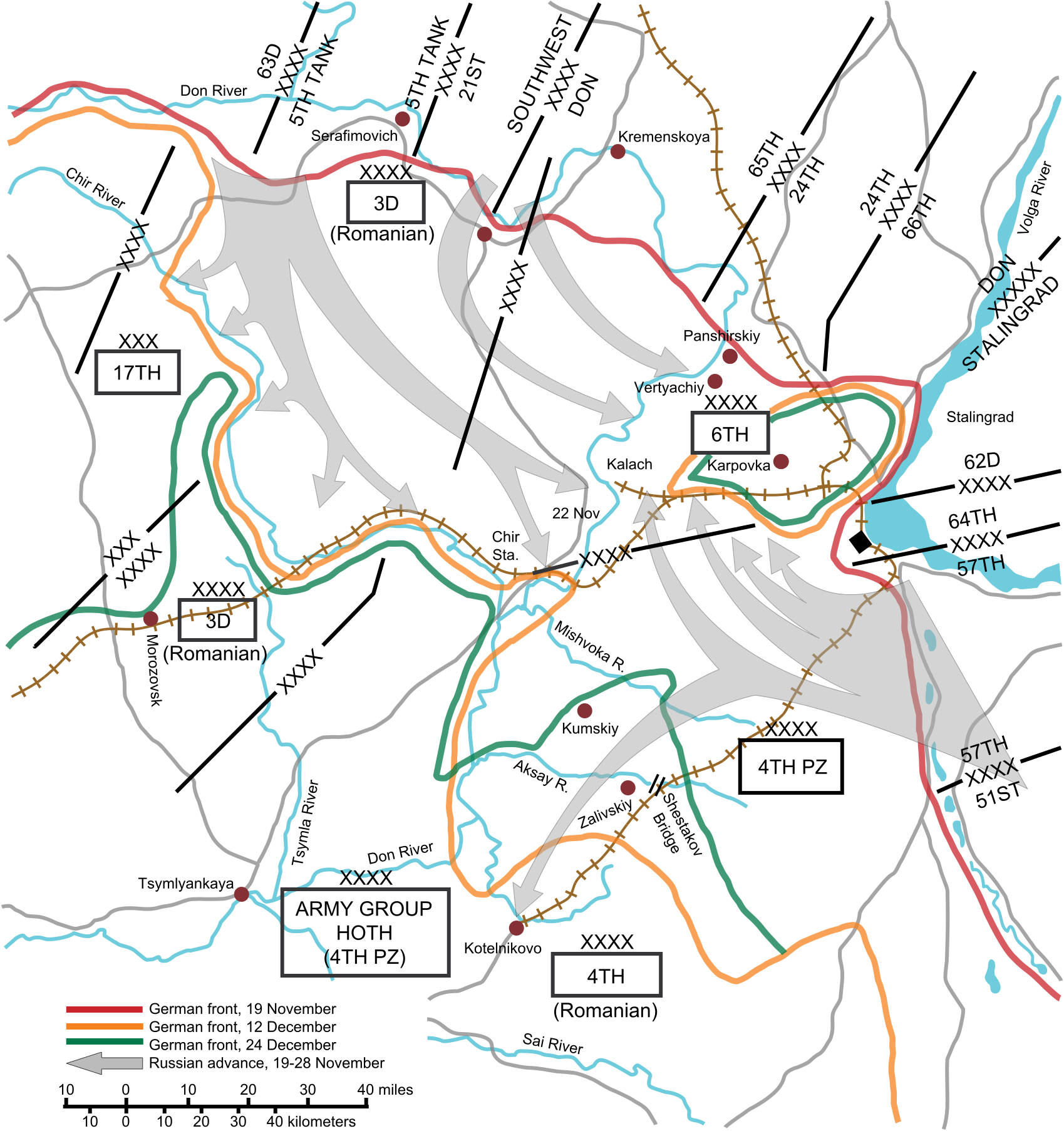
The Luftwaffe began the operation ‘Transportgruppen’ to resupply the surrounded army via air, they were able to deliver an average of 85 t (94 short tons) of supplies each day. However, this was far from enough and the German forces suffered from both starvation and lack of equipment. It is said that the pilots were shocked to find the troops too exhausted and hungry to even unload the supplies. The operation took its toll on the Luftwaffe as well, losing well over 165 aircraft in transport operations.
The Germans needed to break the encircled Wehrmacht and launched ‘Operation Winter Storm’ (Operation Wintergewitter) in December of 1942. It was an attempt led by Erich von Manstein to relieve the trapped army from the south. At the beginning of Operation ‘Fall Blau’, Army Group South was split into two smaller divisions, Army Group A and B. Group B were now to return and attack the Red Army from the south, while another force was to attack from the northwest.
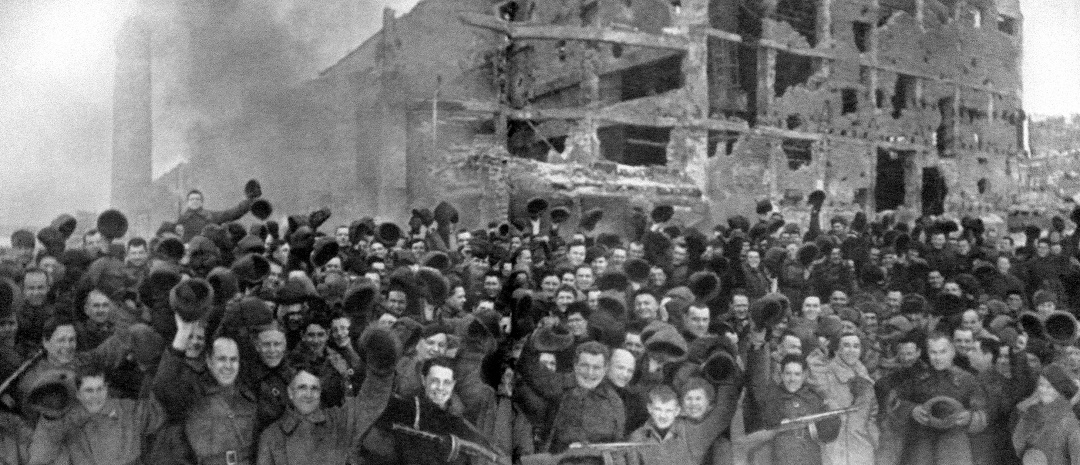
The offensive caught the Red Army by surprise and made large gains in the first days. By the 19th of December, the German Army had pushed to within 48 kilometers (30 miles) of the surrounded Sixth Army’s positions. But the encircled German forces in Stalingrad of the Sixth Army made no attempt to break out and link up with Manstein’s advance. The advance was held up and a siege began that lasted for almost three months, during which the Sixth Army was destroyed.
The Societ Red Army now launched two operations, ‘Operation Little Saturn’ and ‘Operation Koltso’ that would ultimately recapture Stalingrad and in doing so, it would mark a turn of the Second World War; a retreat of the Axis forces all the way back to Germany and Berlin.
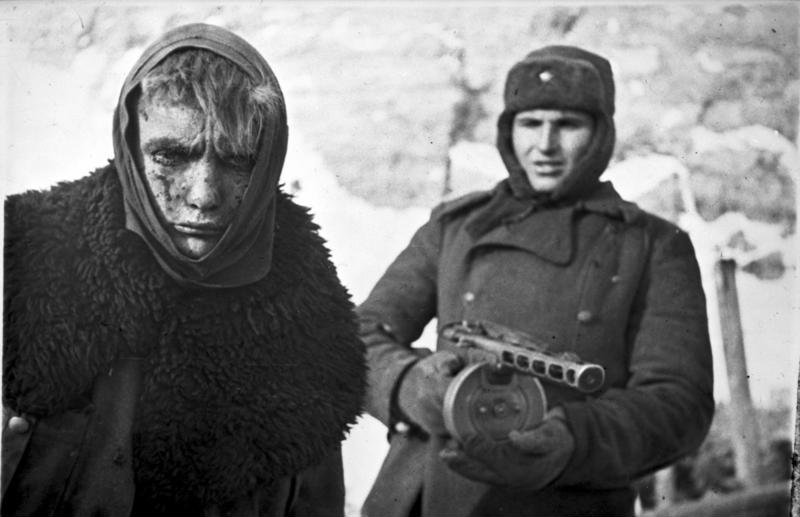
Of the nearly 110,000 German prisoners captured in Stalingrad, only about 5,000 ever returned. Calculations of the number of casualties depend on what scope is given to the battle of Stalingrad. It has been estimated that the Axis suffered 850,000 total casualties (wounded, killed, captured), of which 400,000 were Germans, 200,000 Romanians, 130,000 Italians, and 120,000 Hungarians. According to archival figures, the Soviet suffered 1,129,619 total casualties.
Axis commanders and leaders were; Friedrich Paulus Surrendered, Erich von Manstein, W.F. von Richthofen, Italo Gariboldi, Petre Dumitrescu, C. Constantinescu, Gusztáv Jány. Russian commanders and leaders were; Georgy Zhukov, Nikolay Voronov, A.M. Vasilevsky, Andrey Yeryomenko, Nikita Khrushchev, K.K. Rokossovsky, Nikolai Vatutin, Vasily Chuikov and Viktor Pavičić.
The Germans lost 900 aircraft, 500 tanks, and 6,000 artillery pieces. The USSR lost 4,341 tanks, 15,728 artillery pieces destroyed or damaged, and 2,769 combat aircraft.
The Battle of Stalingrad is one of the bloodiest wars ever in human history, in both scope and scale, but also in how the battle was fought – the worst form of urban warfare imaginable.

